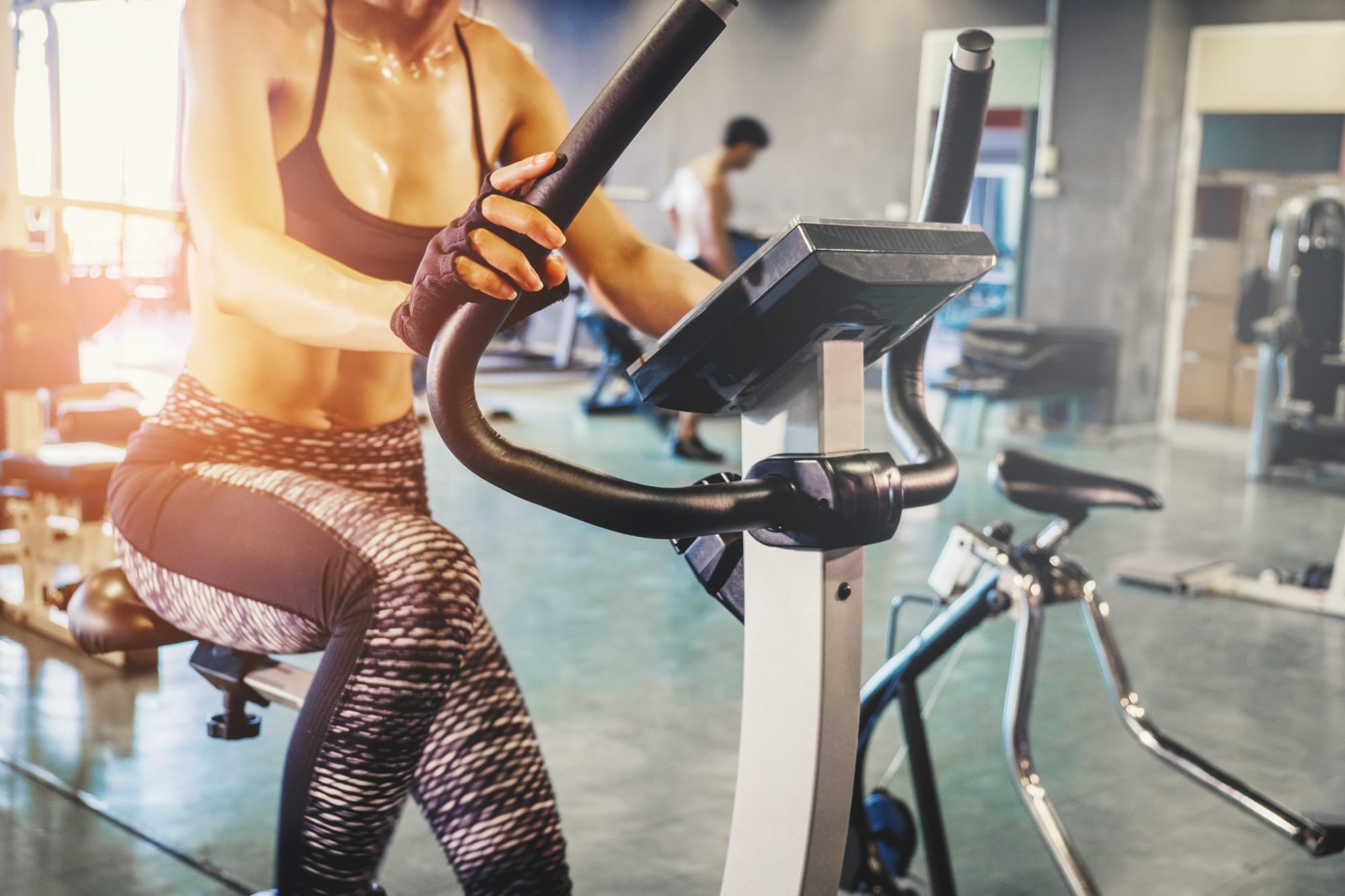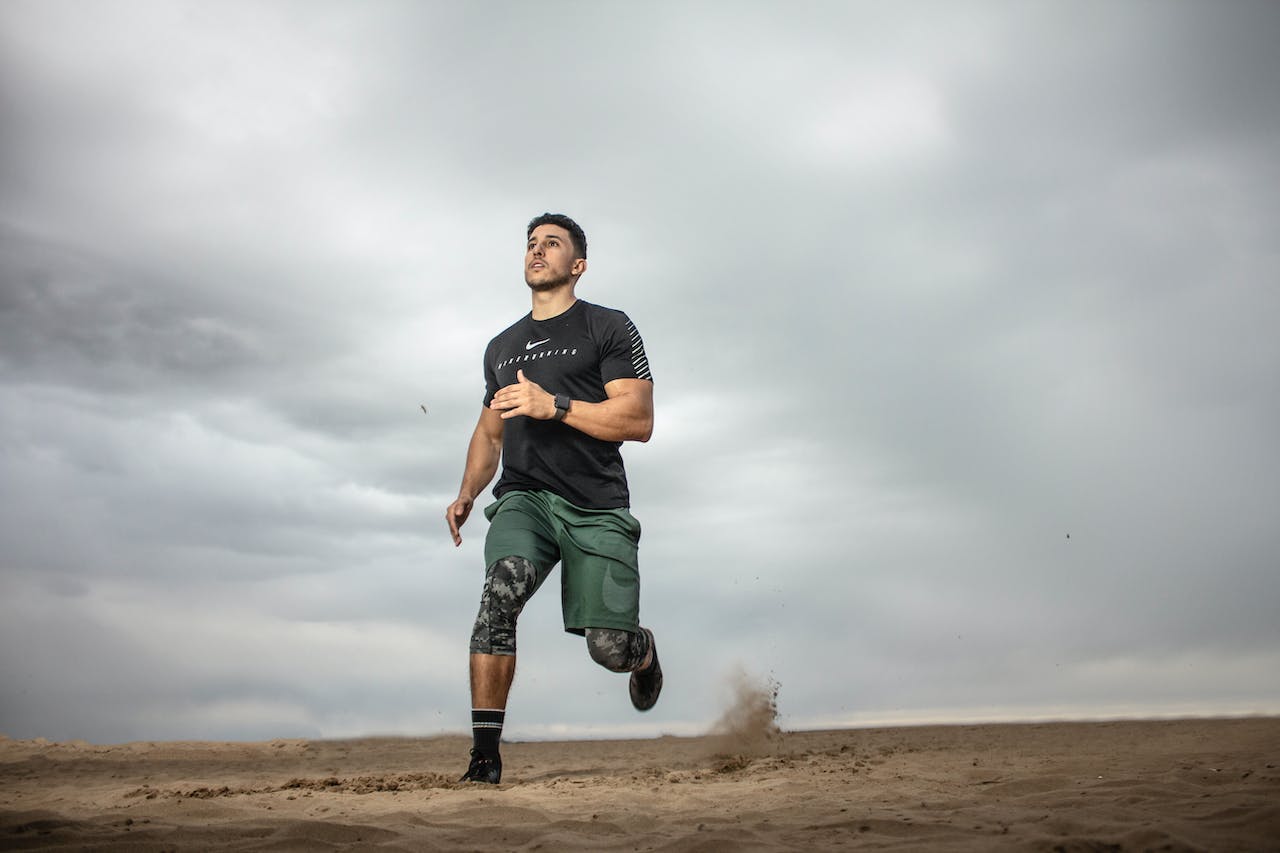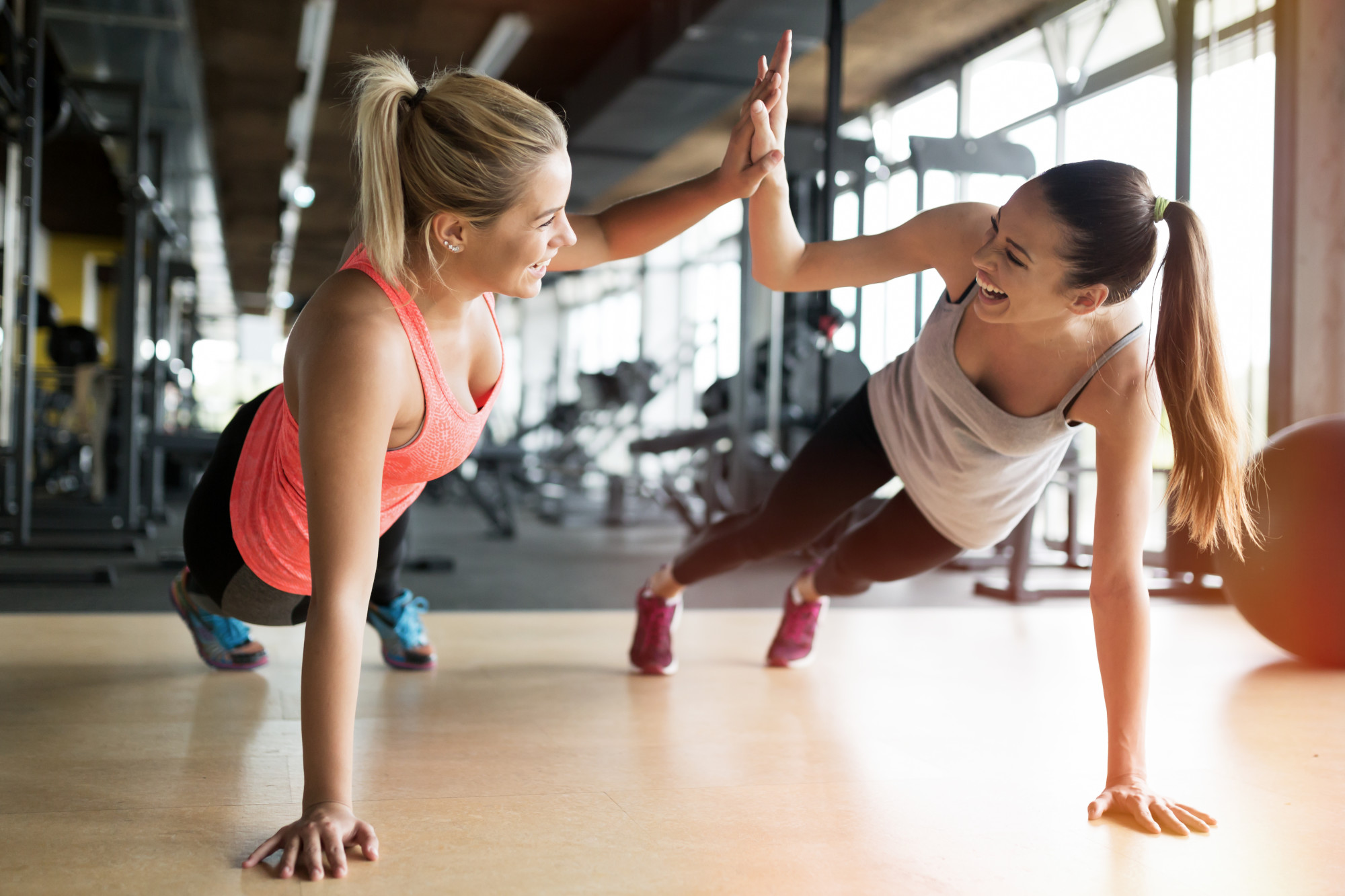So, you’re preparing to start your fitness journey. Whether it’s your first time at the gym, or it’s just been a long time since you last exercised, you’re in the process of a behavior change.
Changing a pattern of behavior, or habit, is tough. There are 5 total steps in behavior change, but we have good news! By reading this article, you’re already on step 3!
Getting started is half the battle, which is why the first three steps, pre-contemplation, contemplation, and preparation, all take place before you ever touch a weight or step on a treadmill. Now all that’s left is action and maintenance!
And once you get started, you’ll soon realize how much better you feel. The maintenance part will be a breeze.
But we’re getting ahead of ourselves here. Before you get started in the gym, you need to have a plan. If you have a plan and you know where you’re going and what you’re doing, you’re more likely to stick to it.
That’s where reading articles like this one comes in! By the end of this article, you will be able to tackle your first steps in the gym with confidence.
Let’s get started!
Safety First
Before we go any further, it’s important to talk about safety. The last thing you want to do is hurt yourself on your first day and have to postpone your new routine.
It’s incredibly easy to injure yourself at the gym, which is why you should always exercise with safety in mind. By following these tips, you’ll be far less likely to get hurt during your workout.
Don’t Skip Your Warm-Up
Never workout with cold muscles, doing so is the best way to injure yourself. In fact, you shouldn’t even stretch before warming up for a few minutes (no more than 10).
Instead, let your muscles know it’s time to workout by raising your heart rate. You can do this with jumping jacks, lunges, or other range of motion exercises. Just be sure to start slow and work your way to a quicker pace.
If you’d prefer, a brisk walk while swinging your arms is also a great warm-up activity. The main goal is to get your blood pumping, as it sends oxygen and nutrients to your muscles, properly preparing them for exercise.
Cooling Down Is Important Too
Like your warm-up, you should spend 10 minutes or so cooling off after your workout. This will prevent cramping and dizziness and help your body to come down from exercise mode.
For maximum results, you should incorporate some stretching into your cool down. Stretching will relax your body, while also lengthening your muscles and improving your range of motion.
Hold each stretch for 15-30 seconds. The longer the better, as longer holds will provide greater improvements to your flexibility.
Be Patient with Yourself
It happens to everyone. You get in the gym, you’re working hard, but you’re not seeing results as quickly as you’d like to. Because of this, your instinct is to work even harder.
Under no circumstances should you do this. Pushing your body too hard will result in injury, forcing you to take a break from exercise. This will put you even further from your goal and likely cause you to become discouraged.
It’s hard, we all want instantaneous results, but that’s just not possible. Be patient with yourself, take it slow, and you will see results over time.
As you improve, be sure to use proper progression with your workouts. With strength training, you should start light. Increase your reps and sets before you increase the amount of weight you’re lifting.
And with cardio, add more time to your workout and perfect your form before increasing speed or resistance.
Use Good Technique
Exercising with poor technique will not only drastically increase your chance of injury, but will also prevent you from getting the results you’re looking for. Focus on your core strength and stability, positioning, and posture to prevent injuries and soreness.
Having a personal trainer when you’re first starting out at the gym is a good idea, as you can’t always tell whether or not you’re using good technique if you’re inexperienced.
If you’re uncomfortable with the idea of a personal trainer or hiring one isn’t in your budget, try going to the gym with a more experienced friend or family member!
Never Lift Without a Spotter
Continuing on with the last point, by having a trainer or a friend in the gym with you, you’ll have a built-in spotter. If you’re working with dumbbells, you don’t necessarily need one, but you should always have a spotter for barbell workouts.
Once again, the goal here is to prevent injury. All it takes is a few too many pounds or one too many reps and you could drop the barbell on yourself.
Having someone nearby to help in case of emergency, and even just to cheer you on, can make a world of difference.
Focus on Diet
No one likes hearing it, but you can’t outwork a bad diet. You can absolutely crush it in the gym, but if your diet is horrible, you won’t see the results you’re working so hard to get.
A magazine-worthy body is the result of about 80-90% diet and only 10-20% exercise. Now, that’s not to say that exercise isn’t a vital piece of the puzzle. However, if you’re truly committed to changing your life for the positive, you need to get your diet in check as well.
Drink More Water
How much water do you drink in a day? Chances are it’s not enough. For optimal health, you should be drinking at least 2 liters of water every day.
If you’re looking for a miracle health drink, look no further than water. Water regulates blood pressure, lubricates joints, flushes body waste and toxins, cushions the brain, keeps skin healthy – the benefits of staying hydrated are virtually endless.
Water will keep your energy levels high, enabling better workouts, and can help you lose weight by curbing appetite and improving body function.
Count Your Calories
The best way to ensure you aren’t getting too many calories in a day is to keep track of how many you consume. If you have a bad diet, you’ll be surprised to see how fast they add up!
Estimate your basal metabolic rate (BMR) to find out how many calories your body needs for basic functions. Then add any calories burned during exercise, and you have how many calories you burn in a day.
The basic formula for weight loss is to burn more calories than you consume. Depending on your overall goals, your calorie goals will vary. For example, if you’re trying to bulk up, you’ll need to increase your calories, not cut them.
Eat a Balanced Diet
Maintaining control over your calorie consumption is much easier with a balanced diet. Think of it this way, there are about 60 calories in 2 cups of cooked broccoli. Meanwhile, a medium order of french fries contains a whopping 340 calories.
Fast food and sugary drinks should be avoided completely. When you’re grocery shopping, stick to the perimeter of the store. The bulk of your diet should be comprised of fruits and vegetables, lean proteins, and healthy fats.
Consider Supplements
Once you have your diet under control, you can introduce supplements such as protein shakes or creatine. It’s very important that you consult your physician before taking any supplements, but as long as you have the green light from your doctor, you’re good to go.
Approach supplements with caution. There are many on the market with lofty claims that are simply untrue.
Do plenty of research before deciding what to take, if anything at all. The resource found here can help you get started.
Conquer Your First Time at the Gym
Now that you know about proper safety and diet, it’s time to discuss your first workout! Remember, warm-up before doing anything else with a quick walk around the gym or a few jumping jacks. Once you have that out of the way, you can begin.
Ease Into Exercise
You may want to get into the gym and do an hour-long workout on your very first day, but this is dangerous, on top of unrealistic. Fitness is a journey, not a switch that you can flip.
If your body isn’t used to exercise, the best thing you can do is ease into it. You’ll see better results and experience less soreness. The less soreness you have to deal with, the faster you’ll be able to establish a routine.
On your first day, try to do 3 or 4 exercises. Instead of lifting as heavy as you can or working out until you can’t move anymore, focus on good form and breathing.
With the weight in your hands, take a deep breath, exhaling as you lift. Inhale on your way back down and begin again. Keep your back straight, your ears in line with your shoulders, and your legs loose at all times.
Do Compound Lifts First
Get the most demanding workouts on your list out of the way first to avoid bad technique due to fatigue. This means starting with the big 4 of compound lifts: squats, deadlifts, overhead presses, and bench presses.
So if it’s chest day, do your bench presses first. Then move on to machine-assisted workouts that focus on single-joint movement.
In order to train your muscles evenly, it’s a good idea to switch between push and pull motions. In this example, we started with a bench press, which is a push motion, so your second exercise should be a pull motion.
Keep Track of Your Progress
Staying patient with yourself is key. But tracking your progress is a great way to stay motivated. A great way to do so is to record everything you do.
Write down the date, the exercises you did, the weights, the reps, and your rest times. Then, once a week, record your measurements. Avoid weighing or measuring yourself every day, but do keep track of both.
Even if you’re not quite where you want to be after a few weeks or months of consistent exercise, you can get some satisfaction by seeing your progress quantified on paper.
Ask for Help If You Need It
Never be afraid to ask for help if you feel lost. Don’t know the proper way to use a certain machine? Need a spot for your next set?
If you don’t have a friend with you, ask someone nearby for help! You never know, your new gym buddy could be working out right next to you. If you feel more comfortable doing so, ask a staff member for help instead.
Everyone starts somewhere, it’s okay to need a hand every now and then.
Stay Consistent and Get Results
It cannot be stressed enough that seeing results takes time. Whether your goal is to build muscle, lose weight, or improve cardiovascular fitness, you won’t reach it after your first time at the gym.
Don’t let yourself get discouraged! Keep track of your progress and chip away at your goals, day by day. Before you know it, you’ll have the body and the fitness you’re working toward.
Remember, working hard in the gym is important, but there are things you can do to make reaching your goals easier.
First and foremost, don’t work against yourself with a bad diet. Drink plenty of water, get a good night’s rest as often as you can, and perfect your form before moving on to more intense workouts.
Looking for more tips on improving your fitness and tackling the gym like a pro? Check out our blog!






